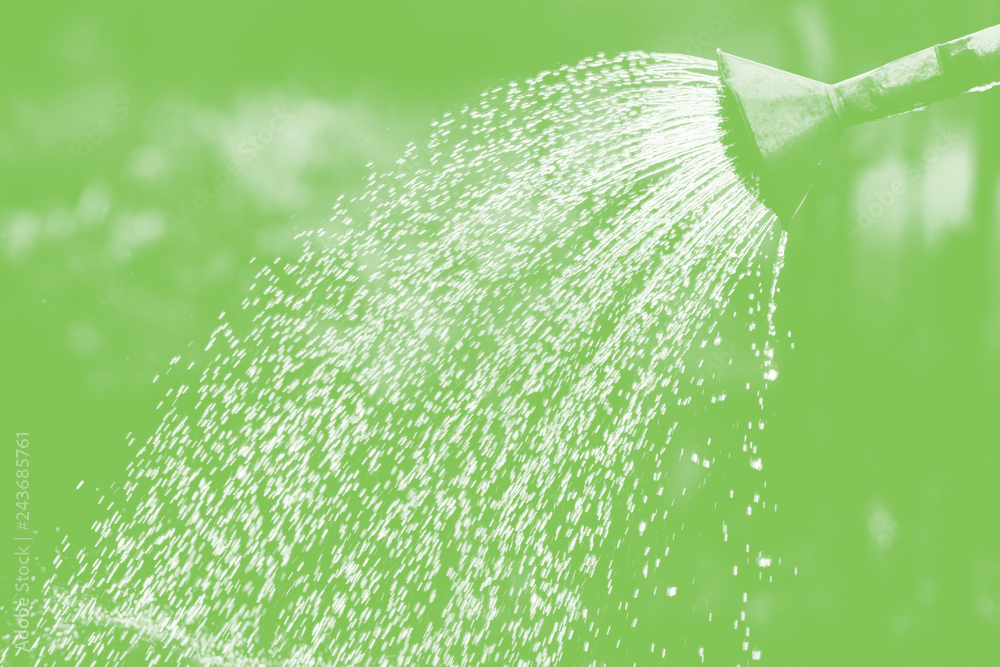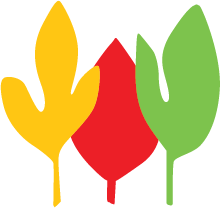
When should I repot?
Repotting a houseplant stimulates growth, so we recommend repotting most houseplants in late spring and early summer. This is when natural light levels begin to increase again and houseplants will start to “wake up” and begin putting energy into new growth after their restful winter period.
What should I repot?
Knowing if a plant needs to be repotted can sometimes be tricky, but these key signs are things to look for…roots are coming out of the bottom of the pot, roots are breaking or warping the pot they’re currently in, and/or you can’t keep the plant sufficiently watered. A plant that is in decline or ill health due to insect or disease issues should not typically be repotted as it may harm the plant even further. It is also important to note that we do not recommend re-potting a new plant right away unless absolutely necessary. Allowing the plant to adjust to its new home and environment for a few months will be less stress on the plant. Some plants rarely need to be repotted because they either like to have their roots crowded in the pot (i.e. sansevieria and ZZ aroid) or don’t have a vigorous root system (i.e. cacti and some succulents)
What pot should I use?
When selecting a new pot for your plant, we recommend only going up in size by an inch or two in diameter. Going much larger will increase the soil volume potentially causing excess moisture retention leading to root rot and fungus gnats. Pots with drainage holes are also strongly recommended as they allow you to sufficiently water your plants without worry. Repotting plants in nursery/grower pots, rather than decorative pots, is an easy and inexpensive way to transition houseplants as they grow. You won’t have to worry about breaking the decorative pot to get the plant out and it is much easier to move the plant around whether it’s going outside for the summer or to the sink for regular, mess-free watering.
What soil should I use?
Using the appropriate potting soil will also help with drainage issues and a seamless transition into the new pot. Many potting soils have a moisture retention agent in them which is great for annual flowers outside but not so great for houseplants; therefore, at TPK we offer a selection of potting soils without this that will be perfect for all of your houseplant repotting projects.
Now it’s time to start the repotting process…
Remove your plant from its current pot and investigate the roots. Check for any dead or mushy roots. These should be pruned away before repotting.
Use your fingers to loosen and pull apart the roots from the bottom and up the sides paying particular attention to any circling roots. This helps stimulate the roots to grow out into the new soil.
Place your plant into the new pot to gauge how much soil you will need to add at the bottom to reachthe level you want your plant to sit inside the pot (leaving a half inch clearance from the top of the soil to the rim of the pot is ideal). Then, add potting soil to the bottom of the pot until you’re reached the desired height for your plant.
While holding the plant steady, start funneling in your potting soil around the root ball until you’ve reached the upper base of the plant. Lightly press down on the soil and the base of the plant ensuring it’s securely potted into its new home. If you want to keep your plant in the same pot it was in, remove the plant, wash off some of the old soil and prune back the roots. Then follow the same steps to repot it back into the original pot.
Water the plant sufficiently to help settle the new soil around the roots. Then place your newly repotted houseplant back into its normal position and continue with your regular watering routine. The goal is for a seamless transition from one pot to another without causing any unnecessary stress on the plant.
Taking houseplants outside for the spring, summer, and fall is a great way to keep your houseplants happy and healthy because the air movement, humidity, and temperatures outside reflects more closely their preferred growing conditions.

